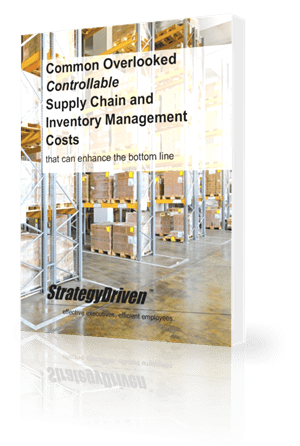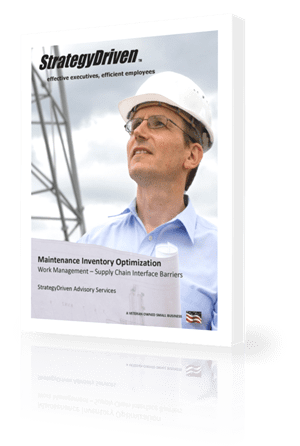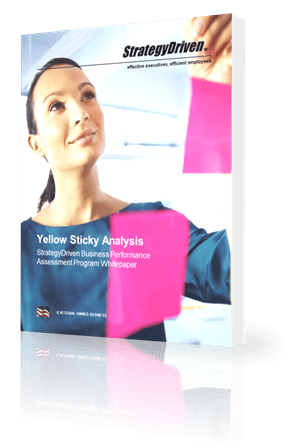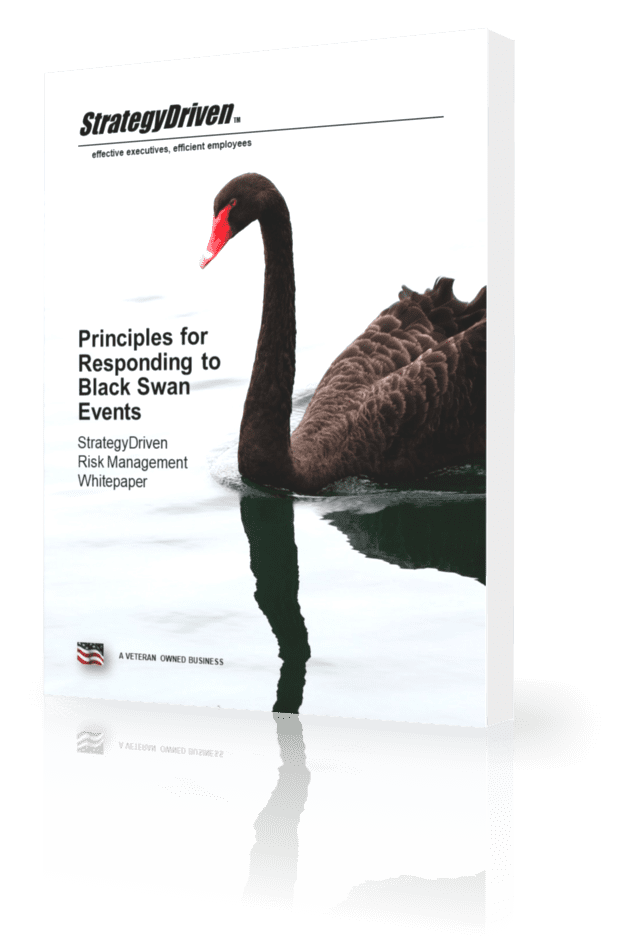After Mobility Comes Digital Context
So, you’re thinking about turning the idea you have had in the back of your head into a full-blown start-up? Maybe build an app or two? Have you considered how your new solution will fit into your customer’s personal data ecosphere?
By 2020, the number of Internet-connected devices is likely to range between 26 and 50 billion. Think on that for a moment. Today there are already more connected devices than there are people. Tomorrow everything from the water filter you use to the parking space your company assigns you to park in will be connected via sensors to a vast ecosphere of data. That data will drive macro decisions made by global players. But it will also be available to consumers.
Hi there! This article is available for free. Login or register as a StrategyDriven Personal Business Advisor Self-Guided Client by:
Subscribing to the Self Guided Program - It's Free!
About the Author

, and founder and principal of Stone Mantel, which has guided hundreds of brand leaders in creating meaningful brand experiences. David founded the Digital Collaborative in 2013 to help companies collaborate in conducting research about consumers and the impact of digital in their lives.
For more information visit www.GoStoneMantel.com.













Leave a Reply
Want to join the discussion?Feel free to contribute!